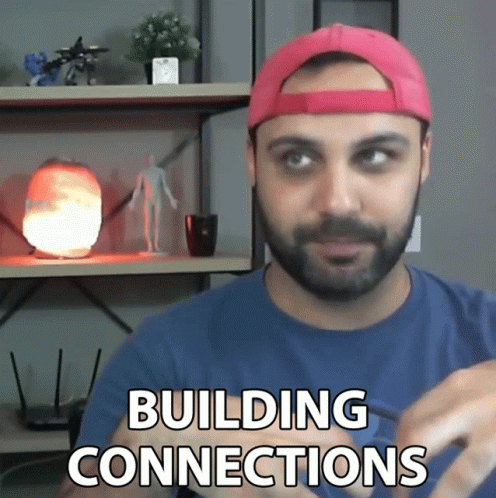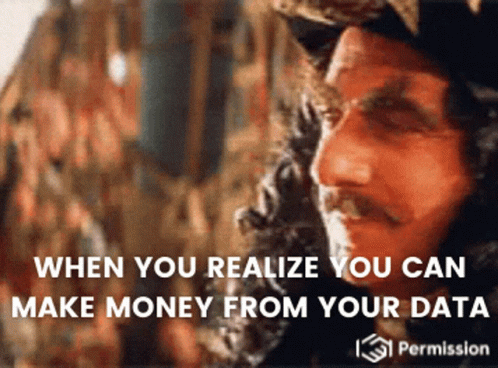- Breaking The Mold by Deric Yee
- Posts
- How I'll Build My SaaS If I Had To Start All Over (Without Coding)
How I'll Build My SaaS If I Had To Start All Over (Without Coding)
Building a SaaS (Software as a Service) business might seem daunting, especially if you don’t know how to code. But with the right approach, it’s entirely possible to start, scale, and succeed without touching a single line of code. Here’s a step-by-step guide to breaking into the SaaS world even if you’re starting from scratch.

Step 1: Learn a High-Leverage Skill
The foundation of any SaaS venture is solving real problems. Begin by mastering tools like Bubble.io, Airtable, and Zapier. These platforms let you create apps and automate workflows without coding expertise.
For instance, using Airtable and Zapier, I once built a client onboarding system for a small business in just a day. It saved them hours of manual work and landed me a paying project along with a solid case study to showcase.

Step 2: Build Something Small That Solves a Problem
People don’t pay for flashy features—they pay for solutions. Focus on addressing specific pain points.
Example: A restaurant struggling with delivery order tracking needed a fix. Using Airtable, I developed a simple system that worked seamlessly. The solution wasn’t fancy, but it got the job done—and that’s what matters.

Step 3: Freelance to Generate Cash Flow
Freelancing is a practical way to fund your SaaS journey while gaining real-world experience. Offer to create automations or custom software for small businesses using no-code tools.
I once helped an ecommerce entrepreneur automate their order processing with Zapier. The project saved them hours daily, and I charged a few thousand dollars for it. This not only provided cash flow but also invaluable feedback for refining my solutions.

Step 4: Build Relationships, Not Just Software
Success in SaaS is about more than just the product—it’s about people. Network with potential clients, mentors, and other entrepreneurs.
Case in point: I partnered with a startup in exchange for equity instead of cash. That relationship paid off significantly more in the long run than upfront payment ever could.

Step 5: Scale by Productizing Your Services
Transition from trading time for money to selling scalable products. For instance:
Turn a workflow automation service into a Zapier template.
Develop a reusable web app that addresses common business problems.
This approach allows you to reach hundreds, even thousands, of customers without the limitations of one-on-one freelancing.

Step 6: Market Your Product and Build an Audience
A great product is only half the battle; marketing is the other half. Start creating valuable content about the problems your SaaS solves:
Write blog posts.
Share tips on LinkedIn.
Create YouTube tutorials.
Building an audience establishes trust and positions you as an authority. When I started sharing my journey online, people began reaching out with collaboration opportunities and service inquiries.

Step 7: Diversify Your Revenue Streams
For long-term success, avoid relying on a single income source. Instead:
Continue freelancing while building your SaaS.
Create productized services that scale.
Teach others through courses, guides, or coaching.
A friend of mine, Chris, started freelancing, transitioned to SaaS, and eventually launched a venture studio. By diversifying, he created multiple streams of income and opportunities.
The Path is Clear
Starting a SaaS business doesn’t require coding skills—just a clear strategy and consistent effort. Follow these steps:
Learn a high-leverage skill.
Build simple solutions to real problems.
Freelance to fund your journey.
Focus on relationships.
Scale through productized services.
Invest in marketing.
Diversify your income streams.
It’s not an overnight success story, but it’s a proven roadmap. Ready to start your SaaS journey? Let’s make it happen!
What’s your biggest takeaway from this guide? Share your thoughts below—I’d love to hear your insights!
Reply